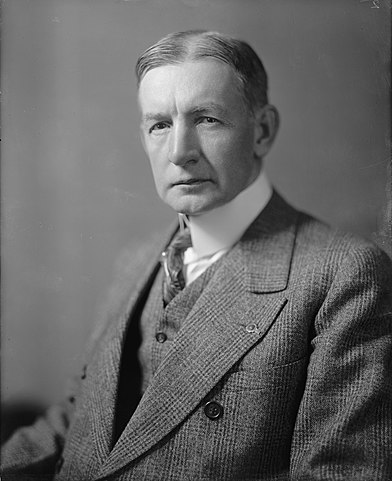Why was Charles Gates Dawes Awarded the Nobel Prize for Peace in 1925?
Exploring the Dawes Plan and Its Role in Global Reconciliation
Charles Gates Dawes: The Nobel Peace Prize Laureate of 1925 and His Enduring Legacy
In 1925, Charles Gates Dawes was honored with the prestigious Nobel Peace Prize for his outstanding contributions to international diplomacy and his innovative approach to resolving complex economic and political challenges. Dawes’ role in post-World War I reconciliation and his instrumental involvement in addressing the intricate issue of war reparations marked him as a deserving recipient of the esteemed award. This article delves into the reasons behind Charles Gates Dawes’ Nobel Peace Prize win and examines his lasting impact on global peace and cooperation.

1. The Dawes Plan: A Visionary Solution to Economic Crisis
At the heart of Charles Gates Dawes’ Nobel Peace Prize win was his pivotal role in crafting the Dawes Plan, an innovative approach to tackling the economic aftermath of World War I. With Europe grappling with the devastating repercussions of the war and struggling under the burden of reparations, Dawes proposed a comprehensive plan to stabilize Germany’s economy and address the issue of war debts. The plan’s intricate details showcased Dawes’ exceptional grasp of economic intricacies and his ability to negotiate a practical solution that aimed to foster stability and prevent future conflicts.
2. Diplomatic Bridge Building
Dawes’ diplomatic skills played a critical role in his recognition by the Nobel Committee. His ability to bring together diverse nations and navigate complex political landscapes was evident in his efforts to garner support for the Dawes Plan. By fostering dialogue and cooperation among key European powers, Dawes demonstrated his commitment to peaceful resolutions and laid the foundation for increased trust and understanding among nations.
3. A Beacon of Multilateralism
Charles Gates Dawes’ commitment to multilateralism and international cooperation further solidified his candidacy for the Nobel Peace Prize. His involvement in facilitating negotiations between Germany and its creditor nations underscored his dedication to finding common ground and working collectively to prevent future conflicts. Dawes’ efforts were emblematic of the values championed by the Nobel Peace Prize, making him a deserving recipient of the prestigious accolade.
4. Reconciliation through Financial Stability
The Dawes Plan not only addressed economic challenges but also contributed to broader reconciliation efforts in Europe. By stabilizing Germany’s economy and fostering an environment of financial predictability, Dawes played a crucial role in fostering a sense of security and cooperation among European nations. His innovative approach to economic diplomacy showcased the potential of financial stability in promoting lasting peace.
5. Legacy of Peace and Collaboration
Charles Gates Dawes’ Nobel Peace Prize win in 1925 left an indelible mark on the trajectory of international diplomacy. His recognition as a peacemaker highlighted the significance of economic and diplomatic innovation in shaping global relations. The Dawes Plan’s success served as a model for future endeavors in international cooperation and conflict resolution, inspiring generations of diplomats and leaders to seek pragmatic solutions to complex challenges.
Charles Gates Dawes’ Nobel Peace Prize win in 1925 was a reflection of his exceptional contributions to international diplomacy and his visionary approach to addressing post-war complexities. The Dawes Plan stands as a testament to his commitment to fostering global peace through economic stability and collaboration. Dawes’ legacy serves as an enduring reminder of the potential for innovative thinking and diplomatic ingenuity to pave the way for a more harmonious and cooperative world.




